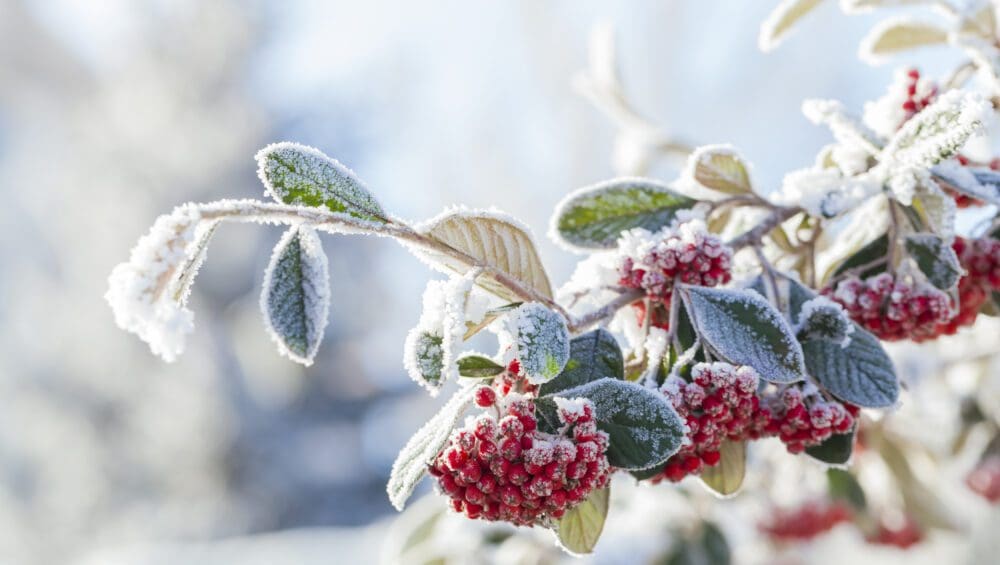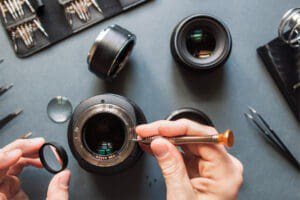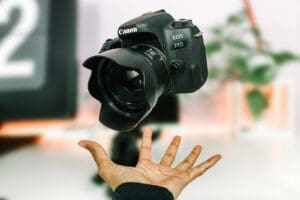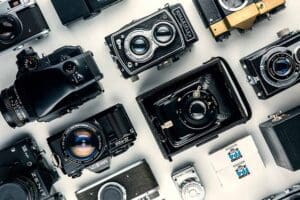
The top 7 equipment for winter photography
Winter is a season that offers photographers a unique and stunning landscape to capture. From snow-covered mountains to frost-kissed forests, winter photography provides endless opportunities for creativity and visual storytelling. However, shooting in cold and challenging conditions requires the right equipment to ensure successful and comfortable photo sessions. In this blog post, we will explore the top seven essential pieces of equipment that will help you make the most of your winter photography adventures.
Weather-Sealed Camera Body
When shooting in winter, it’s crucial to have a weather-sealed camera body that can withstand the harsh elements. Snow, rain, and extreme temperatures can damage your camera if it’s not adequately protected. Look for cameras with weather sealing features that prevent moisture and dust from entering the body, ensuring reliable performance even in challenging conditions.
Fast Wide-Angle Lens
A fast wide-angle lens is a must-have for winter photography, allowing you to capture expansive winter landscapes and breathtaking vistas. Look for a lens with a wide aperture (e.g., f/2.8 or wider) to gather as much light as possible, enabling you to shoot handheld or in low-light situations. A wide-angle lens also helps to create a sense of depth and scale, emphasizing the grandeur of the winter scenery.
Tripod
A sturdy tripod is an essential piece of equipment for any photographer, and it becomes even more crucial in winter conditions. In cold weather, your hands may be gloved or numb, making it challenging to hold the camera steady. Additionally, longer exposures for capturing snowflakes or creating silky water effects require a stable platform. Invest in a tripod that is lightweight yet robust, allowing you to set up your shots with confidence even on uneven or snowy terrain.
Extra Batteries
Cold temperatures can drain your camera batteries quickly, reducing their overall lifespan. To ensure uninterrupted shooting, carry extra fully charged batteries. Keep them in a warm pocket close to your body to maintain their performance. It’s also a good idea to invest in battery grips or external battery packs that provide additional power and improve handling in cold weather conditions.
Lens Hood and Filters
A lens hood is a valuable accessory that helps reduce lens flare caused by stray light, especially when shooting in snowy conditions. It also provides some protection against snowflakes or raindrops landing directly on the lens. Additionally, consider using filters like a polarizing filter to enhance colour saturation and reduce glare or a neutral density (ND) filter for long exposures and achieving creative effects with moving water or snow.
Remote Shutter Release
In winter, operating your camera’s shutter button with gloved or cold fingers can be challenging and may introduce camera shake. A remote shutter release or cable release solves this problem by allowing you to trigger the shutter without touching the camera directly. It ensures sharp and blur-free images during long exposures or when shooting in cold conditions.
Lens Cleaning Kit
Winter landscapes often come with snow, mist, and condensation, which can end up on your lens. A lens cleaning kit with a soft brush, lens cleaning solution, microfiber cloth, and lens blower is essential to keep your gear in top shape. Regularly clean your lenses and filters to avoid compromising image quality and to remove any moisture or debris that may have accumulated during your winter photography adventures.
Winter photography provides a magical canvas for photographers to capture stunning landscapes and create evocative images. Equipping yourself with the right gear is essential to ensure both your safety and the success of your photography outings in cold and challenging conditions. From weather-sealed cameras and fast wide-angle lenses to tripods, extra batteries, lens hoods, remote shutter releases, and lens cleaning kits, these seven pieces of equipment will help you make the most of your winter photography expeditions. So bundle up, embrace the beauty of the winter season, and let your creativity shine through your lens.











